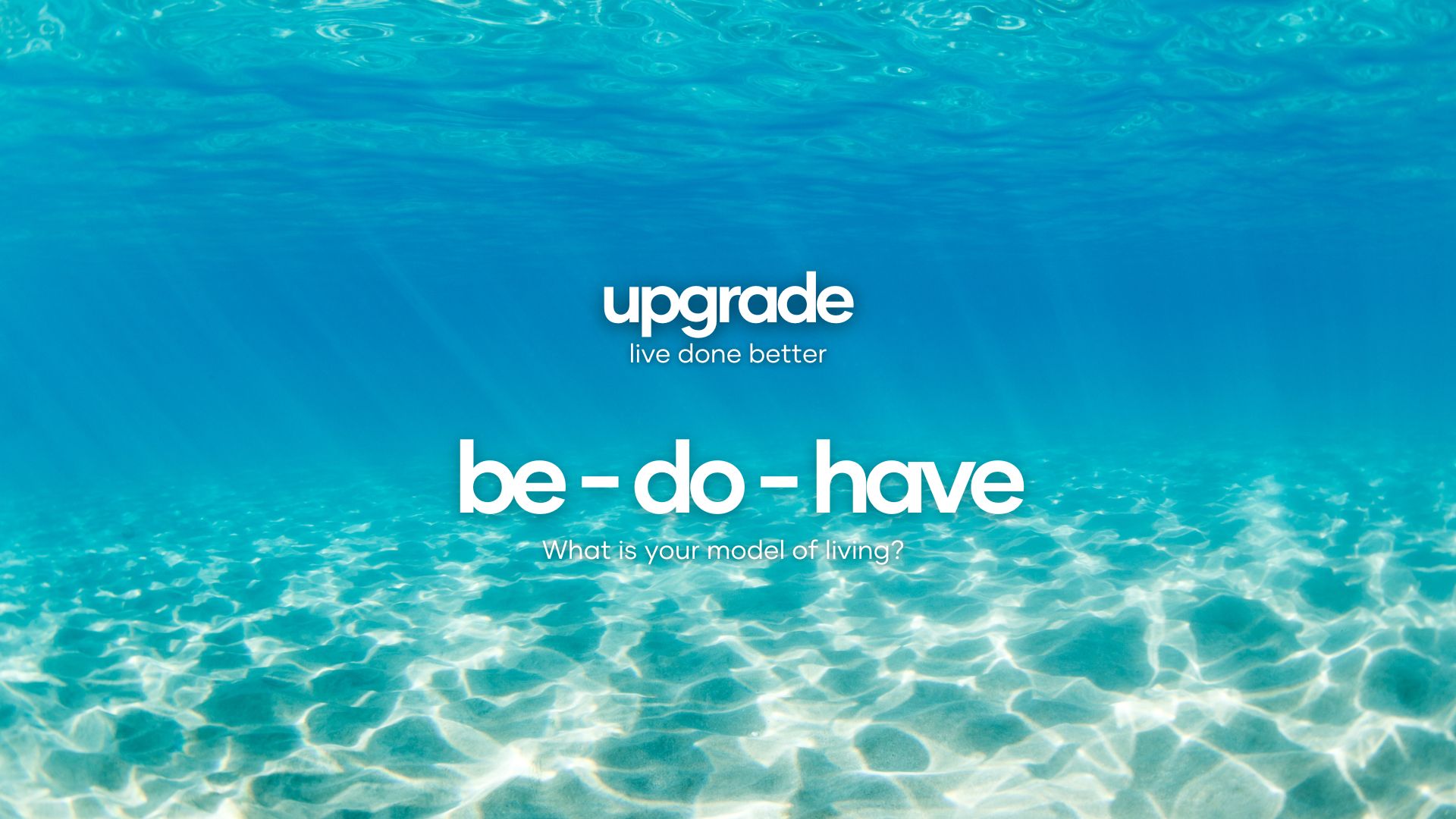Mastering Life with Be-Do-Have
I want to delve into a concept that has profoundly influenced my journey and could potentially transform yours as well: the Be-Do-Have model. This principle, championed by motivational giants like Tony Robbins and Steven Covey, is about rethinking how we approach success and fulfillment.
The Origins and Influencers of Be-Do-Have
The Be-Do-Have concept isn’t new. It was popularised by Tony Robbins and Steven Covey, two of the most influential figures in personal development. However, its roots trace back even further. L. Ron Hubbard began discussing these ideas in the 1950s and 1960s, drawing inspiration from ancient Vedic teachings. This rich history underscores the timeless and universal appeal of this model.
What Does Be-Do-Have Mean?
At its core, the Be-Do-Have model is about embodying the qualities you need to achieve your goals. It emphasises the importance of personal growth and mindset as the foundation for success. The idea is simple: be the person you need to be, so you can do what is required, and thus have the life you desire.
Often, we get this sequence wrong. We think that if we can first acquire the things we want (Have), we will then be able to take the necessary actions (Do) and finally become the person we aspire to be (Be). This reversal can lead to frustration and stagnation because it neglects the importance of inner transformation.
Three Models of Life Approach
To understand the power of Be-Do-Have, let’s compare it with two other common life approaches:
1. Have-Do-Be: The Reactive Model
In the Have-Do-Be model, people believe that having the right resources or circumstances is the starting point. This mindset is often reactive and linked to a victim mentality. It sounds like, “When I have enough time or money, then I’ll do what’s required and be successful.” This approach is disempowering because it places control outside yourself and delays action until conditions are perfect.
2. Do-Have-Be: The Hard Work Ethic Model
The Do-Have-Be model is the one many of us were taught growing up. It emphasises hard work and perseverance. It goes like this: “If I work hard (Do), I will have the rewards (Have), and then I will be happy and successful (Be).” While this model values effort, it often leads to burnout and can miss the crucial step of personal development and clarity of purpose.
3. Be-Do-Have: The Transformative Model
Finally, we have the Be-Do-Have model. This approach focuses on self-improvement and mindset first. It asks, “Who do I need to become to achieve my goals?” By becoming the person who embodies the qualities necessary for success, your actions (Do) naturally align with your goals, and the desired outcomes (Have) follow. This model is empowering, sustainable, and leads to genuine fulfillment.
My Personal Journey with Be-Do-Have
As someone deeply committed to personal growth, I can attest to the challenges and rewards of embracing the Be-Do-Have model. In my journey, particularly through my work with meditationHQ and the meditationHQ Community, I’ve often found myself slipping back into the Do-Have-Be mindset, especially when faced with life’s pressures.
For instance, managing a growing charity alongside my primary work has sometimes felt like a constant hustle. I’ve been caught up in doing, doing, doing, trying to keep up with daily demands. However, whenever I consciously realign with the Be-Do-Have mindset through practices like meditation and self-care I notice a significant shift. I become more effective, my actions are more purposeful, and the results are more fulfilling.
The Importance of Knowing What You Want
Before you can fully embrace Be-Do-Have, it’s crucial to have a clear vision of your goals. Without a clear picture of what you want, you might find yourself stuck in a cycle of doing without meaningful progress. Reflect on your desires, understand your motivations, and visualise your ideal outcomes. This clarity will guide your transformation and keep you focused on becoming the person who can achieve your dreams.
Applying Be-Do-Have in Leadership and Personal Growth
Let’s consider how this model applies in a leadership context. Suppose you aim to lead a global charity successfully. If you focus solely on the tasks at hand (Do-Have-Be), you might end up overwhelmed and stuck at the operational level.
However, by embracing Be-Do-Have, you start by becoming a visionary leader. You surround yourself with experienced mentors, learn from leaders of larger charities, and adopt their successful strategies. This personal transformation enables you to take strategic actions that elevate your organisation and achieve your global vision.
Practical Steps to Embrace Be-Do-Have
To incorporate Be-Do-Have into your life, follow these steps:
Define Your Goals: Clearly articulate what you want to achieve.
Identify Required Qualities: Determine the qualities and mindset you need to embody to reach these goals.
Self-Reflection and Growth: Engage in practices that foster personal growth, such as meditation, reading, and seeking mentorship.
Aligned Actions: Take actions that are consistent with the person you are becoming.
Regular Review: Periodically reassess your goals and personal growth to stay on track.
Join Upgrade
Ready to take the first step towards a brighter future? Join Upgrade, life done better. Together, we’ll embark on a journey of growth, empowerment, and transformation.
With gratitude and best wishes,
Jason Partington
Founder, Meditation & Performance Coach



